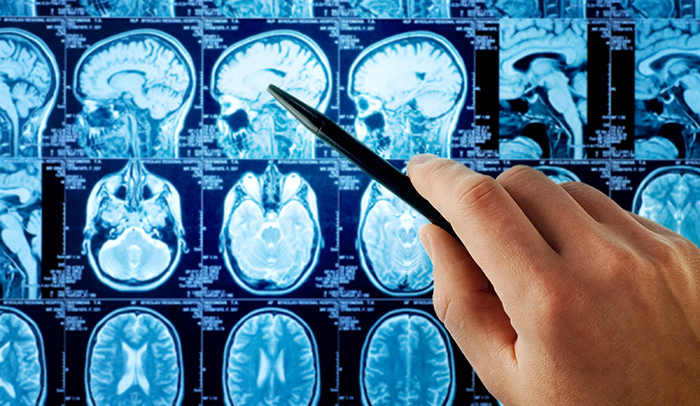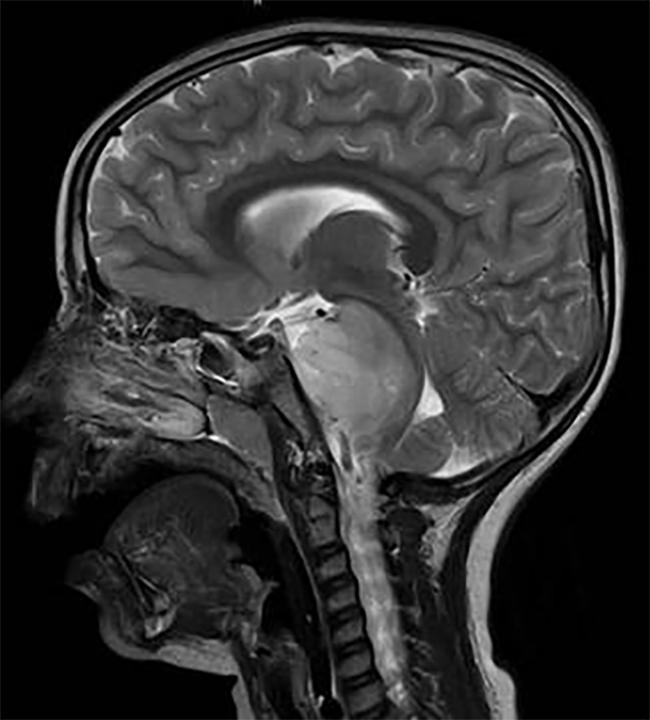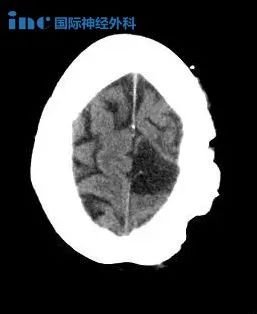INC国际神经内镜联合会主席Schroeder教授解析与成人中枢神经系统恶性脑积水治疗
脑积水多见于各种颅脑外伤后或颅内肿物,使得脑脊液吸收障碍、循环受阻或分泌过多而致脑室系统进行性扩张或(和)蛛网膜下腔扩张,按压力可分为高颅压性脑积水和正常颅压脑积水,根据脑脊液动力学可分为交通性和梗阻性。

INC国际神经外科医生集团、国际神经内镜联合会主席Henry W.S. Schroeder教授关于成人中枢神经系统恶性脑积水治疗论文交流:Hydrocephalus Related to CNS Malignancies in Adults
论文英文摘要:Central nervous system tumors represent a main cause of hydrocephalus which, in the overall course of disease, can be observed in approximately 5-10% of patients with glioblastoma and 6-24% of patients with central nervous system metastases. The incidence may be higher, up to 23%, in the adult population with fossa posterior tumors. Obstructive hydrocephalus is related to a mechanical block of CSF flow, whereas communicative hydrocephalus is related to an imbalance between CSF production and outflow. Several options are available for the management of hydrocephalus, depending on its cause and on the neurological condition of the patient: direct surgical removal of the responsible lesion or endoscopic third ventriculostomy (ETV) for obstructive hydrocephalus, ventriculoperitoneal (VPS) or ventriculoatrial (VA) shunt for communicative hydrocephalus, and external ventricular drainage (EVD) as a transient emergency measure. Obstructive hydrocephalus may result in peracute potentially fatal deterioration and thus may require an emergency procedure after diagnosis. Symptomatic pharmacological treatments such as steroids or analgesics usually have limited efficacy in patients with hydrocephalus. Rapid clinical improvement with improvement of the quality of life and sometimes the possibility to administer further oncologic treatment can often be achieved after a timely CSF diversion.
中文摘要:中枢神经系统肿瘤是脑积水的主要原因,在整个病程中,在大约5-10%的胶质母细胞瘤患者和6-24%的中枢神经系统转移患者可观察到脑积水。发病率可能更高,在后窝肿瘤的成人患者会达到23%。阻塞性脑积水与脑脊液循环的机械性梗阻有关,而交通性脑积水与脑脊液产生和流出的失衡有关。根据脑积水的原因和患者的神经状况,有几种治疗方案的选择:对于阻塞性脑积水而讲,病变的直接手术切除或内窥镜下的三脑室底造瘘术(ETV),而对于交通性脑积水,脑室-腹腔(VPS)或室房(VA)分流术,而脑室外引流作为临时急性手段有。阻塞性脑积水会导致较急性而可能致命的恶化,因此诊断后可能需要急救程序。对症药物治疗,如类固醇或止痛药,对脑积水患者的治疗效果通常有限。及时的脑脊液分流后,常常可以得到迅速的临床好转和生活质量的提高,偶尔还有可能会进一步施行肿瘤学治疗。
Hydrocephalus Related to CNS Malignancies in Adults
与成人中枢神经系统恶性有关的脑积水
Central nervous system tumors represent a main cause of hydrocephalus which, in the overall course of disease, can be observed in approximately 5-10% of patients with glioblastoma and 6-24% of patients with central nervous system metastases. The incidence may be higher, up to 23%, in the adult population with fossa posterior tumors. Obstructive hydrocephalus is related to a mechanical block of CSF flow, whereas communicative hydrocephalus is related to an imbalance between CSF production and outflow. Several options are available for the management of hydrocephalus, depending on its cause and on the neurological condition of the patient: direct surgical removal of the responsible lesion or endoscopic third ventriculostomy (ETV) for obstructive hydrocephalus, ventriculoperitoneal (VPS) or ventriculoatrial (VA) shunt for communicative hydrocephalus, and external ventricular drainage (EVD) as a transient emergency measure. Obstructive hydrocephalus may result in peracute potentially fatal deterioration and thus may require an emergency procedure after diagnosis. Symptomatic pharmacological treatments such as steroids or analgesics usually have limited efficacy in patients with hydrocephalus. Rapid clinical improvement with improvement of the quality of life and sometimes the possibility to administer further oncologic treatment can often be achieved after a timely CSF diversion.
与成人中枢神经系统恶性有关的脑积水。
中枢神经系统肿瘤是脑积水的主要原因,在整个病程中,在大约5-10%的胶质母细胞瘤患者和6-24%的中枢神经系统转移患者可观察到脑积水。发病率可能更高,在后窝肿瘤的成人患者会达到23%。阻塞性脑积水与脑脊液循环的机械性梗阻有关,而交通性脑积水与脑脊液产生和流出的失衡有关。根据脑积水的原因和患者的神经状况,有几种治疗方案的选择:对于阻塞性脑积水而讲,病变的直接手术切除或内窥镜下的三脑室底造瘘术(ETV),而对于交通性脑积水,脑室-腹腔(VPS)或室房(VA)分流术,而脑室外引流作为临时急性手段有。阻塞性脑积水会导致较急性而可能致命的恶化,因此诊断后可能需要急救程序。对症药物治疗,如类固醇或止痛药,对脑积水患者的治疗效果通常有限。及时的脑脊液分流后,常常可以得到迅速的临床好转和生活质量的提高,偶尔还有可能会进一步施行肿瘤学治疗。
- 文章标题:INC国际神经内镜联合会主席Schroeder教授解析与成人中枢神经系统恶性脑积水治疗
- 更新时间:2019-10-11 10:42:08

 400-029-0925
400-029-0925



